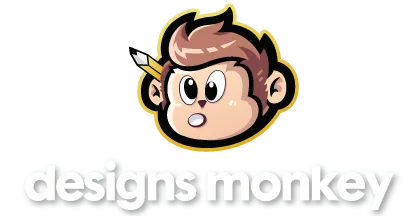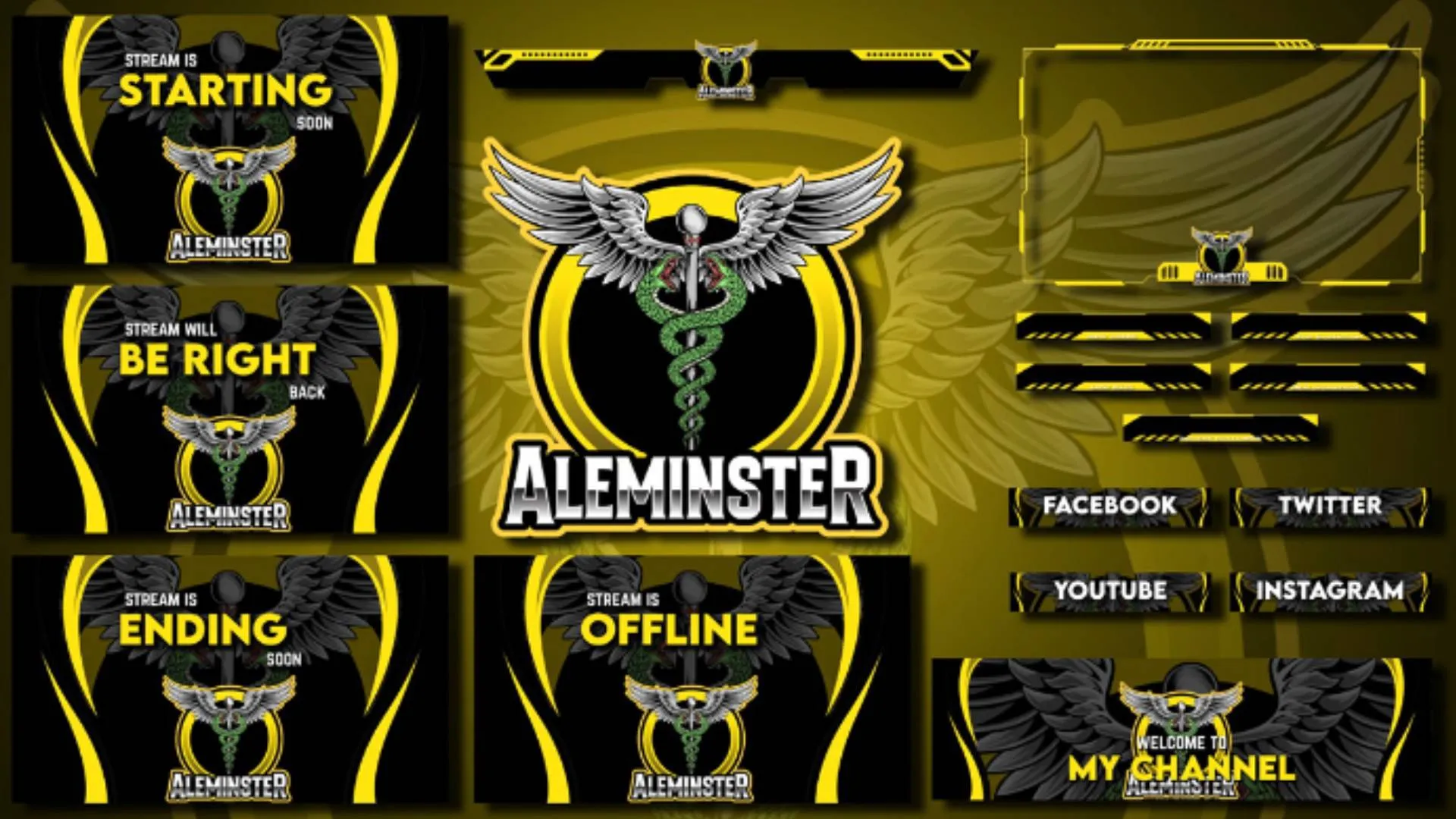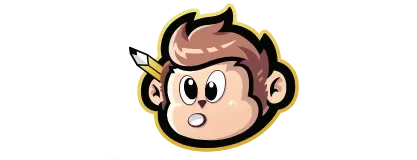we make
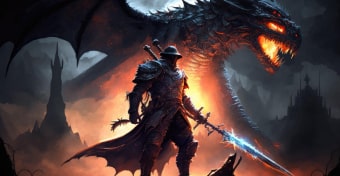
art
We excel in design and web development, creating innovative solutions that help our clients thrive in a competitive landscape.

cup of coffee
completed project
design create & connect
Design, Create, and Connect: We craft eye-catching designs, bring ideas to life, and build meaningful connections with your audience.
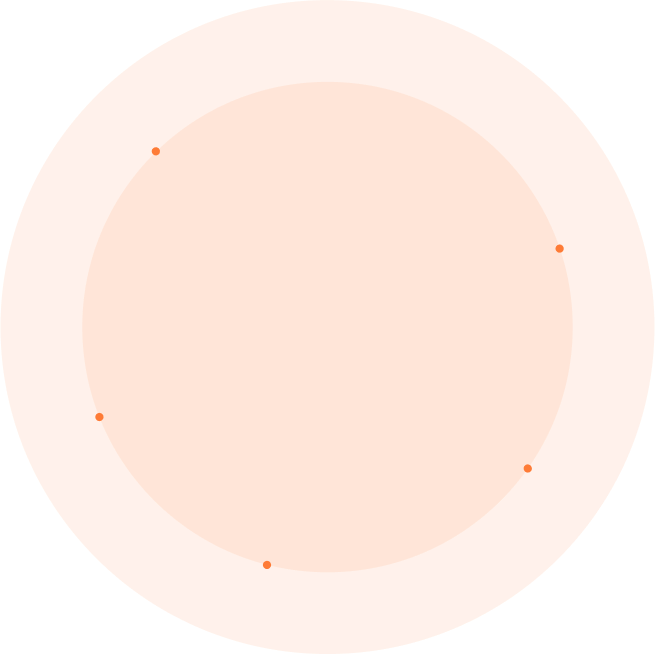
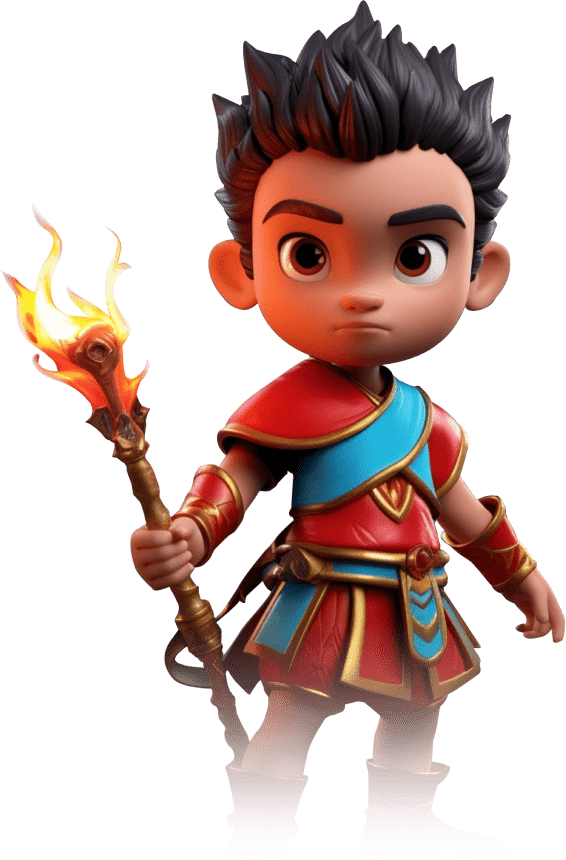

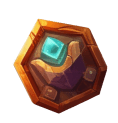
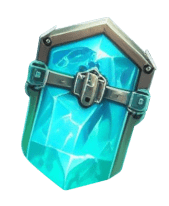

logo - banner
A logo defines your brand identity, leaving a lasting impression, while a striking banner captures attention and conveys your message effectively. Together, they enhance your visual presence and engage your audience.
emotes - overlays
Emotes add personality to your stream, allowing viewers to engage, while overlays enhance the visual appeal, highlighting key information for a polished look.
vtuber - animation
VTuber models bring your character to life with unique designs, while animations enhance the experience, creating engaging and dynamic interactions with your audience.
web development
Web development involves building and maintaining websites, ensuring they are visually appealing, user-friendly, and functional to provide a seamless online experience.
Our
capabilities
We excel in designing attractive websites and applications, ensuring a seamless user experience. Our web development expertise delivers responsive, high-performing solutions tailored to your needs.
